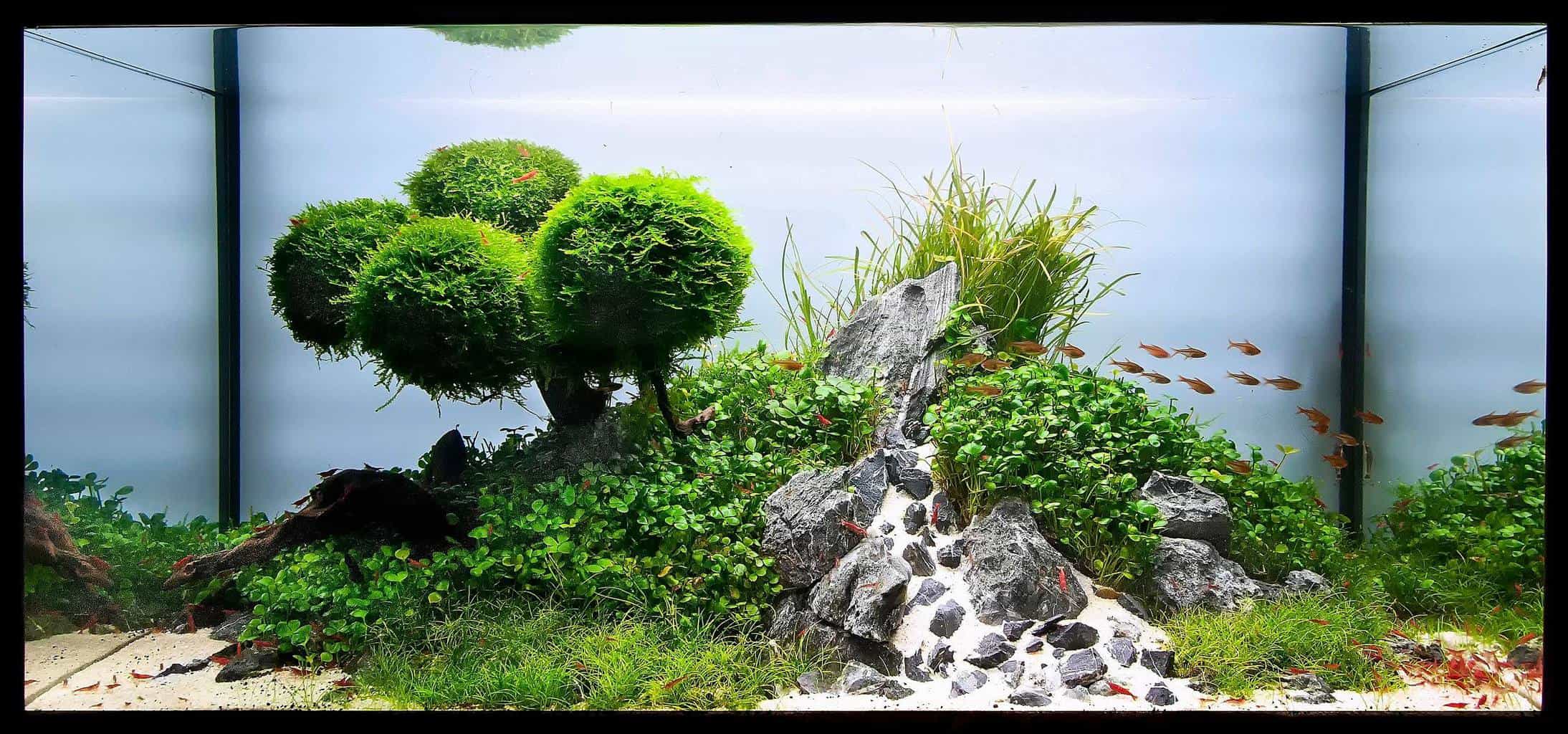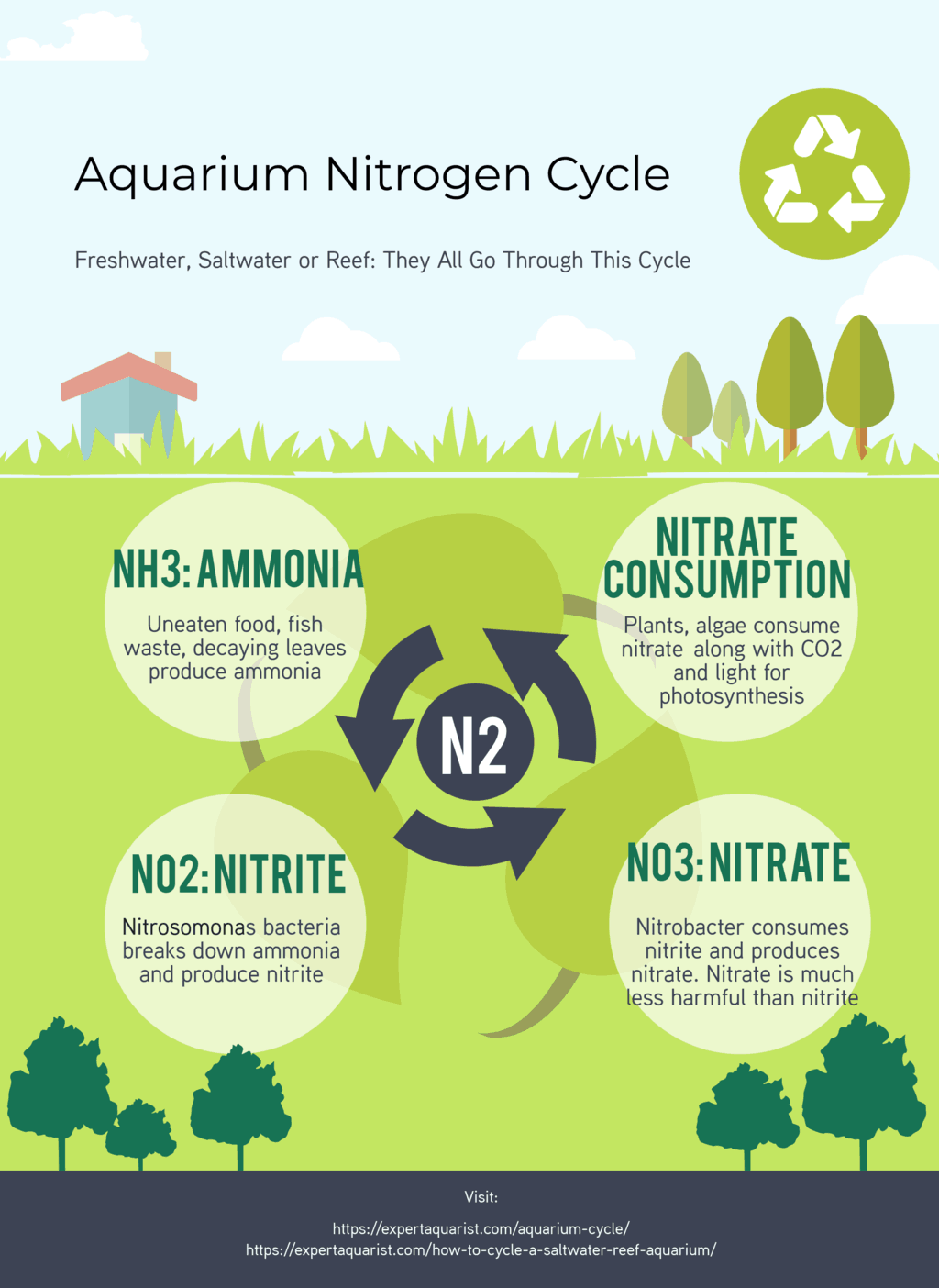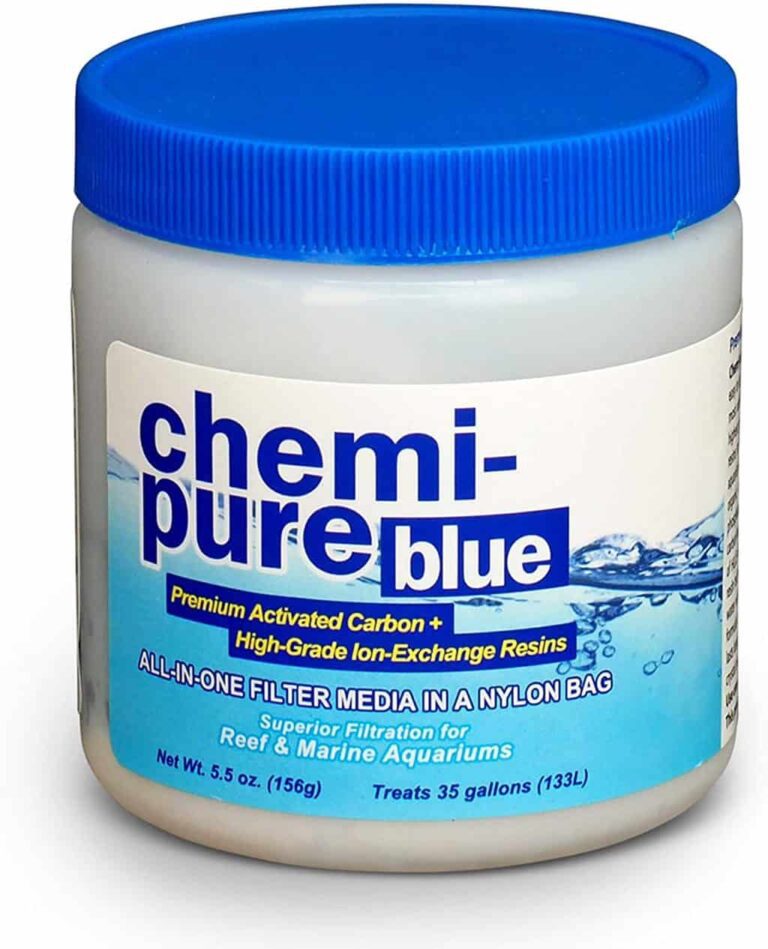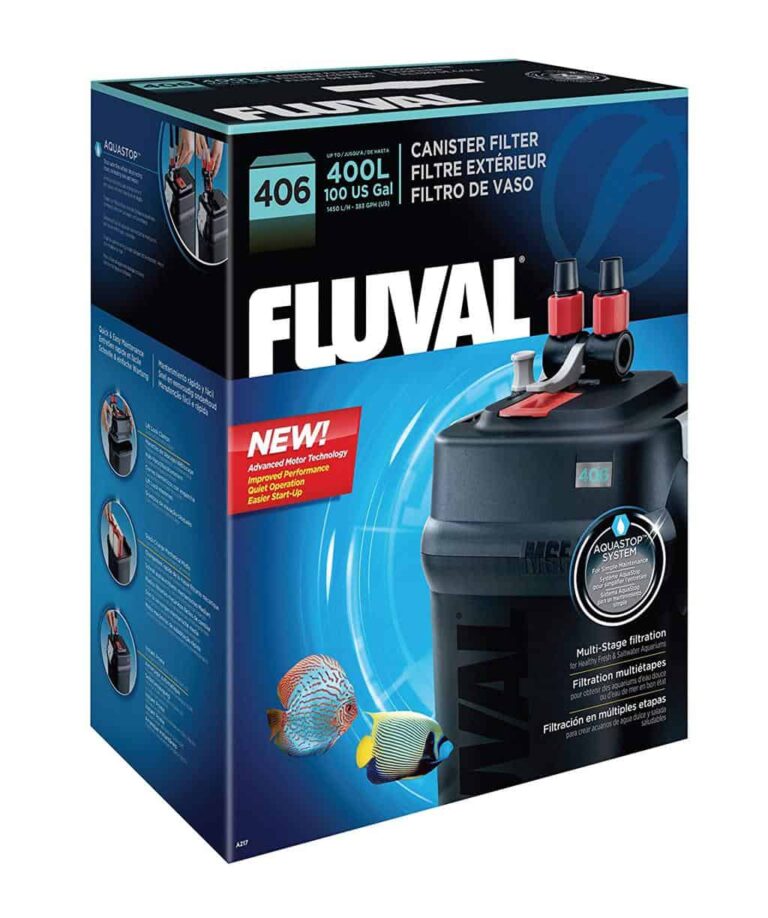When I was a newbie aquarium hobbyist, I always looked for a proper filtration system for my favorite guppies and betta fishes. Luckily, I ended up getting a good-quality canister filter for the health of my fishes.
I was relieved. But…..
But the real problem started taking place right when I had to clean and maintain the canister filter for the aquarium water. Since I didn’t know how does a canister filter work, I almost took my device close to the destruction.
Luckily, I escaped the loss only by a whisker.
So, I searched the internet thoroughly and found that a canister filter has three operating sections, including filters and chambers that come together to make the machine work. Depending on the installed filtration media it performs mechanical, biological, and chemical filtration simultaneously.
I think my fellow aquarists will be hugely benefited with the information on a canister filter working process. So, I am putting it up here.
Also, I will include the proper maintenance of the canister filter so you can prolong its lifespan and help your fish and shrimp thrive in a healthy condition.

What Is A Canister Filter?
Before we step further into the world of canister filter functioning and maintenance, it is helpful that we put our thoughts on what exactly is a canister filter.
It will also help you understand it’s activity better.
To put it simply, the canister filter comes with an external chamber and filtering media. As the aquarium water moves through the intake tube towards the filtering media, the filter screens out the debris, harmful chemicals and microorganisms from the water.
After that, screened water returns in the aquarium through the outlet tube. The filter combines all these functions with the use of three main components. These are-
- Tubes
- Cartridge/Filtration Media
- Motor
You will find a cylindrical shaped device that acts as the main chamber of the canister filter. There are a pump and screening media within the chamber.
The main chamber is mostly located outside the aquarium (some models are located within the tank) and has two tubes connected with the aquarium water. One tube works as an outlet and the other as an inlet tube.
The tubes receive and expel water from and to the water tank—this way, the pipes work as a siphon to continue the water flow properly.
Nonetheless, the pump is used to force the water screening to keep the debris, dust, and microorganisms out of the aquarium water. The primary chamber size varies, and you can choose from small, medium, and large sizes to fit into your aquarium.
An interesting note: When canister filters were 1st invented, it was mainly used to filter contaminated drinking water for humans.
How Does A Canister Filter Work?
If you are a newbie and seeing the canister filter for the first time, the chances are high that you will get confused and wonder how an outside chamber filters water from the fish tank.
Don’t bang your head on walls to eradicate the confusion.
Here’s the answer.
A canister filter works on the principle of siphoning water.
The technique is similar to the way you clean above ground and in-ground pool using a garden hose tube and water pump. The siphon technique works by receiving and expelling water from and in the tank.
At first, the tank water is pushed through the inlet tube to the outside chamber. As the water reaches the chamber, it will start passing through a series of screening systems. The water flow direction within the chamber varies according to the brand and models of a canister filter.
The water flow directions could be:
- Top to bottom
- Bottom to top
- Back to front
- Center out
- Center in
Whatever may be the direction, the canister filter removes microorganisms such as bacterial algae, food wastage, and debris. That is mostly the job of the mechanical filtration media.
The biological filtration media works as a breeding ground for beneficial bacteria. These bacteria consumes ammonia and nitrite, produced from fish waste, uneaten foods and decaying leaves or plants and keep the water healthy for your pets.

Chemical filtration media, mostly charcoal, absorbs harmful chemicals and keep the water safe.
However, not all models of canister filter support all the three filtration. You will get all of them only in a high-end canister filter. Also if your canister has more filtration baskets or chambers you can introduce multiple types of filtration media in separate baskets.
Filtration is a continuous process and that’s why you need to keep the canister filter running 24/7.
Benefits of A Canister Filter:
A canister filter is, undoubtedly, the most used and versatile water filtration device used by the aquarists. It brings several benefits to your feet.
- Whether you use freshwater or a saltwater tank, it is pretty sure that the canister filter will work best for both. Thus, versatility is its most prominent feature. And yes, although turtles are messier and dirtier than fishes, the canister filter will work fine for them too.
- A canister filter is also the most efficient water screening system available in the market. Some high-end filters can screen out debris from hundreds of gallon tank water each hour. So, you can use it for the largest fish tanks with ease.
- The canister filter is capable of combing chemical, mechanical, and biological filtration systems. It is a unique feature for the canister filter. The three filtration mechanisms work together to enforce the best filtration to keep fishes and shrimps in a healthy condition.
- Another outstanding advantage of the filter is its right water flow direction at the right spot. It is made possible thanks to the media basket. Also, the media basket ensures that every drop of water passes through the screening, not around it so, you get total filtration.
- The mechanical filtration wipes out all types of contaminated particles from the fish water tank with ease.
- You will get rid of harmful ammonia buildup and chlorine impurities using biological and chemical screening. The activated carbon makes all these happenings possible.
- Last but not least, a canister filter is quite easy to set-up and maintain. ( We will discuss the maintenance in the respective sections).
Choosing the Right Canister Filter For Aquariums:
With all these benefits at the bag of a canister filter, we know, you definitely want to have one for your aquariums.
So, how do you select the right canister filter for your fish, shrimp, and turtle tank?
This can be a really tough selection for you, especially if you are a beginner fish keeper. But don’t worry. We will take you to the right canister filter selection with step by step guideline.
Tank size:
Before you choose the filter for aquariums, understand how much water you need to filter through the device. Thus, at first, know your tank size and its water holding capacity.
Once you know how much water will flow through the screening system per hour, see the labels on the filtration device. Ideally, I prefer using a canister filter capable of tackling 6X water compared to the tank size.
However, if you have a planted tank with many fish types, the water flow rate will have to scale up to 6-10 times the actual water amount in the fish tank.
Reliability of the water pump:
The heart and soul of the aquarium canister filter is its water pump. The pump on the device continues to work all the time except when you turn off the machine for maintenance.
This promptly brings us to the importance of getting a reliable motor with a quality impeller. As of a canister filter, you get two types of engines:
- Epoxy-sealed motor: It is placed upside down and rotates with a magnetic coil powered by electricity. The positioning itself makes possible the removal of debris and particles with ease.
- Magnetic motor: It also works using a magnetic coil, but the real differences come with the self-priming function. It keeps the water flow consistent, which is a great benefit for fish keepers to keep the tank free from debris and particles.
Check the water sealing:
The last thing you wouldn’t want in a fish tank and the attached canister filter is to leak the water through its weak points. It is crucial since the filter will circulate hundreds of gallons of water each hour and throughout the day.
So, check the valve points and observe the sealing.
Don’t go for loud devices:
Turtle, fish, and shrimp are extremely sensitive to noise.
Therefore, the slightest increase in the loudness around the tank will have an adverse effect on their health. The loudness may affect their reproduction system and feeding cycle as well.
So, always get a canister filter with low noise production. Luckily, several high profile filters work on the ultra-quiet state. It brings peace for your favorite betta fish or red crystal shrimp.
Get a good brand:
This is a bit tricky.
When you get a canister filter from a reliable brand, all the four preconditions stated above will itself be fulfilled.
This technique being said, I have a fascination for searching quality brands for aquarium equipment. Hence, I scouted on the same topic and found the following result.
Fluval and Eheim are both popular and trustworthy manufacturers. Both built a variety of canister filters with different sizes and offered superior durability too.
SunSun and Marineland are also two other top-class canister filter manufacturers that you can’t ignore when it comes to getting a good and reliable unit.
Thus, I put the decision upon your budget and preference.
Table could not be displayed.Common Issues With A Canister Filter:
Usually, a canister filter runs uninterruptedly for several years without any problems. However, expert aquarists are mainly concerned about two issues regarding the canister filter.
These are:
- Water leaking: Although it happens rarely, a filter may leak water if the valves aren’t sealed properly. It also happens if somehow the valve is damaged.
- Initial priming: Priming refers to the filling of the main chamber and pump of the device with water. When the initial priming starts, it often causes severe noise. So, consider relocating the fishes from the tank before you run the filter for the first time.
Maintenance of A Canister Filter:
The maintenance of the canister filters is pretty straightforward and doesn’t ask you to be a rocket scientist for it.
All you effectively need to know is how to replace or wash the screening media of the device. The filters are located at different chambers and are easy to remove. Turn off the machine ardently and unplug it from the source outlet. Then check the filters and follow the user-manual to replace them.
Some filters require total replacement, and others will have to wash and dried in air for proper functioning. When you purchase a filter, check the label of the product to know whether it needs periodic replacement or cleaning.
Also, you will find the cleaning and replacement schedule written on the filter label.
Next, you will need to clean the inside chamber and two tubes. Use a rug and dishwashing soap to wipe out the debris from the inside. And for the pipes, use the siphon technique or replace them annually. The tubes won’t cost you much.
Before you attach the parts, check the valves for proper sealing, and repair them if necessary.
The Bottom Line:
So, a canister filter works using multiple screening media to remove particles from the tank water. The tank water is supplied back and forth to the aquarium using the inlet and outlet water tubes with a proper flow rate.
So, I sincerely aspire that now all the beginner aquarists have a clear idea of how does a canister filter works.
But it’s not about realizing the filter functioning only.
I suppose you understood the factors to consider when buying a quality canister filter and maintain it properly for several years to come.






